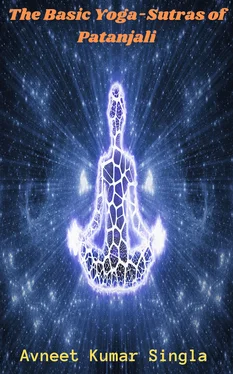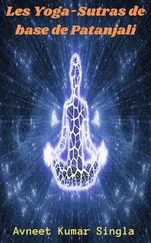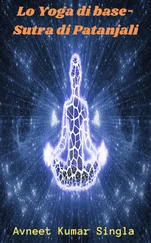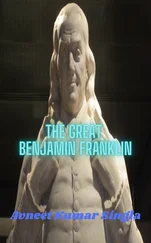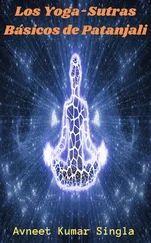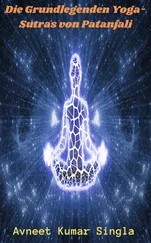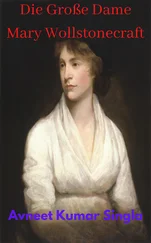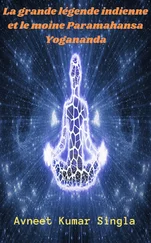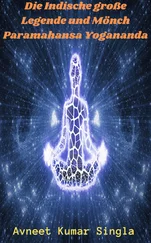37. Or the cleaning of the indulgence from the psychic nature.
We must realize that the fall of man is a reality illustrated in our own persons. We have very different sins from the animals and far more harmful; and they have all come through forbearance, with which our psychic natures are soaked through and through. As we climbed down the hill for our pleasure, we also had to climb back up to our former high estate for our cleaning and restoration. The process is painful, perhaps, but indispensable.
38. or a reflection on the perceptions in dreams and dreamless sleep.
For the eastern sages, dreams consist of images of Waking Life, Reflections of what the eyes have seen and the ears have heard. But dreams are something more, because the images are in a sense real, objective on their own plane; and the knowledge that there is another world, even a dream-world, lightens the tyranny of material life. Much of the poetry and art is such a comfort from dreamland. But there is more in the dream, because it can imagine what is above, as well as what is below; not only the children but also the children on the shore of the immortal sea that brought us hither, may throw their images on this magic mirror: the secrets of dreamless sleep with its pure vision, in even greater dimensions.
39. Or meditative brooding on what is the heart of the loved one.
Here is a thought that our own day is beginning to grasp: that love is a form of knowledge; that we really know something or some person by becoming one in love. Thus love has a wisdom that the mind cannot claim, and through this hearty love of becoming one with what lies beyond our personal boundaries, we can take a long step towards freedom. Two directions for this can be suggested: the pure love of the artist for his work and the serious, compassionate search into the hearts of others.
40. He controls everything, from the atom to the Infinite.
Newton was asked how he made his discoveries. With the intention of giving my opinion about it, he replied. This constant pressure, this becoming one with what we want to understand, be it atom or soul, is the one means of knowing. When we become a thing, we really know it, no other way.
Therefore live life to know the doctrine; do the will of the father, if you would know the father.
41. when the disorders of psychic nature are all satisfied, then consciousness, like a pure crystal, takes on the color of what it rests upon, whether it be the perceiving, perceiving, or the perceived thing.
This is a more complete expression of the last Sutra and is so clear that one can hardly add it. Everything is either perceiving, perceiving or the perceived thing; or, as we might say, consciousness, force, or matter. The Sage tells us that the one key will unlock the secrets of all three, the secrets of consciousness, force and matter alike. The thought is that the warm sympathy of a gentle heart that intuitively understands the hearts of others is really a manifestation of the same force as the pervasive perception in which one perceives the secrets of planetary movements or atomic structure.
42. If the consciousness in the perception of ready to connect the name, the object and the idea with each other, this is perception with exterior consideration.
In the first phase of the contemplation of an external object, the perceiving mind comes to it, which conventionally deals with the name and Idea
associated with this object. For example, when we come to study a book, we think of the author, his time, the school to which he belongs. The second stage, outlined in the next Sutra, goes directly to the spiritual meaning of the book, putting aside its traditional features and applying it to our own experiences and problems.
The commentator makes a very simple illustration: a cow, where in the first Phase you look at the name of the cow, the animal itself and the idea of a cow in your head. In the second stage, one pushes aside these traps and enters the innermost being of the cow, sharing its consciousness, as do some of the artists who paint cows. They come into the life of what they study and paint.
43. When the object dwells in the mind, free of memory-images of the spirit unstained, as a pure luminous idea, this is perception without exterior or consideration.
We are still looking at external, visible objects. Such a perception as is described here lies in the nature of that penetrating vision, in which Newton, who intended his thoughts on things, made his discoveries, or in which a truly great portrait painter pierces the soul of the one he paints and brings that soul to life on canvas. These stages of perception are described in this way to lead the mind to an understanding of the pervasive soul vision of the spiritual man, the immortal.
44. The same two steps, when referring to things of finer substance, are said to be with, or without, judicial action of the mind.
We now come to mental or psychic objects: images in the head. It is precisely by comparing, arranging and superimposing these thought images that we obtain our general ideas or concepts. This process of analysis and synthesis, in which we select certain qualities in a group of thought images and then summarize those of similar quality, is the judicial action of the mind that is spoken of. But if we exercise quick divination on the mental images, as a poet or a man of genius does. then we use a power that is higher than justice, and one that is closer to the sharp vision of the spiritual man.
45. Subtle substance rises in ascending degrees to that pure nature which has no distinguishing power.
When we ascend from external material things that are permeated with separation and whose main characteristic is to be separate, just as so many pebbles are separated from each other; when we first ascend to thought images that overlap and merge in both space and time, and then to ideas and principles, we finally come to purer essences that are getting closer and closer to unity.
Or we can illustrate this principle in this way. Our physical, outer self is quite different and separate, in form, name, place, substance; our mental self, of finer substance, meet and separates, meets and divides again, in perpetual concussion and interchange; our spiritual self can attain true consciousness through unity, where the partition between us and the Highest, between us and others, will be cancelled and we are all made in the perfect. The highest riches are possessed by all pure souls, only when they are United. Thus we rise from separation to true individuality in unity.
46. The above are the degrees of limited and conditioned spiritual consciousness, still contain the seeds of separation are.
In the four stages of perception described above, the spiritual vision still works through the mental and Psychic, the inner genius is still expressed through the external, personal man. The spiritual man has yet to come fully to consciousness, as he himself, in his own sphere, has put aside the psychic veils.
47. When pure perception without judicial action of the mind, follows the gracious peace of the inner self.
We have instilled certain kinds of this pure perception: the poet's prophecy, in which he sees the spirit within the symbol, the similarity in other things and the beauty in all things; the pure insight of the true philosopher, whose vision is based not on the appearances of life but on his realities; or the firm perception of the sacred through spiritual life and being. All these have advanced on the way; they have approached the secret abode of peace.
48. In that peace, perception is unfailingly true.
The poet, the wise philosopher and the saint not only attain a broad and luminous consciousness, but also acquire a certain knowledge of essential
Reality. When we know, we know that we know. Because we have come to the stage where we know things by being them, and nothing can be truer than to. We rest on the rock and know that it is rock that is rooted in the heart of the world.
Читать дальше
